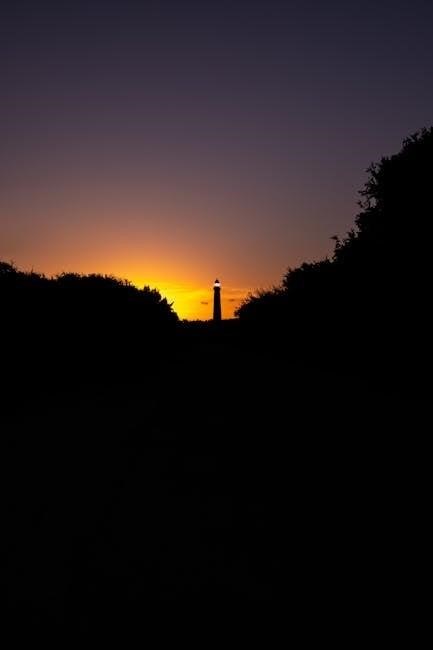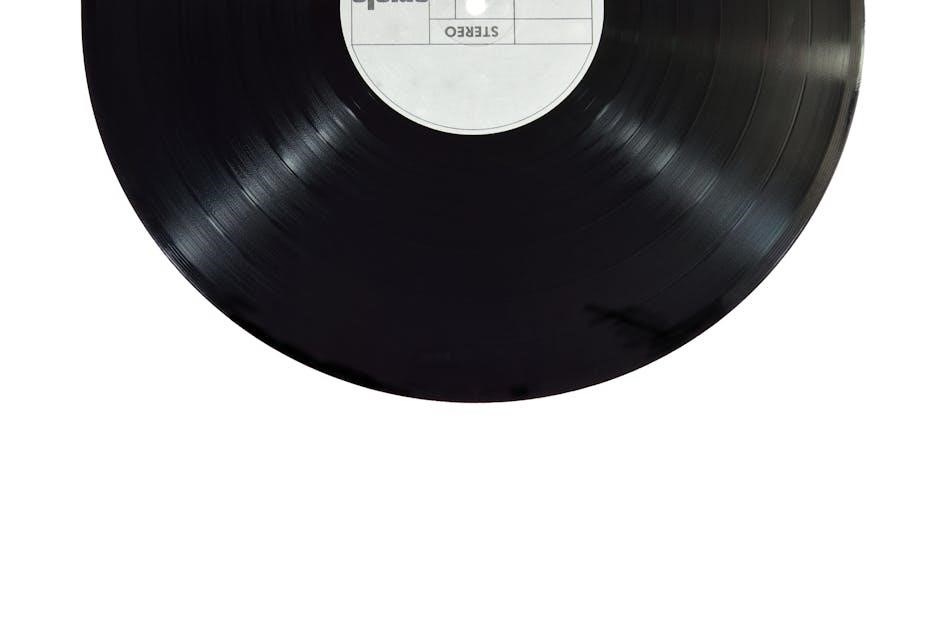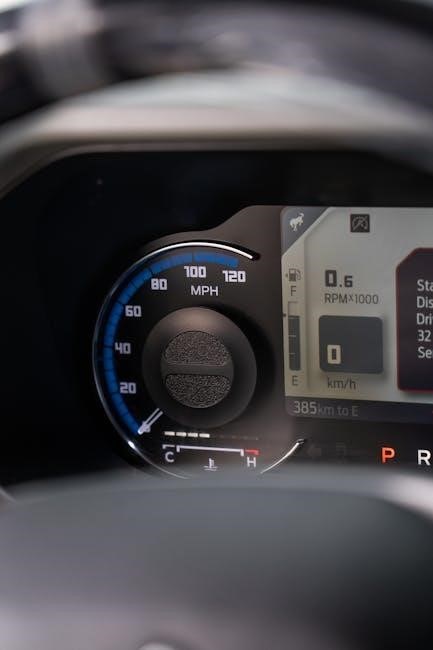Understanding ring finger size is essential for ensuring a perfect fit. This guide provides comprehensive information on measuring techniques, size charts, and factors affecting finger size to help you choose the right ring size accurately.
1.1 Importance of Accurate Ring Sizing
Accurate ring sizing is crucial for both comfort and appearance. A proper fit ensures the ring stays in place without causing discomfort. However, achieving the right size can be challenging due to factors like finger fluctuations throughout the day or seasonal changes. Incorrect sizing may lead to the need for resizing, which can alter the ring’s appearance or require additional costs.
1.2 Brief Overview of Ring Size Measurement
Ring size measurement involves determining the circumference or diameter of the finger to match it with standardized sizes; Methods include using a printable sizer, string, or comparing to existing rings. Accurate measurement ensures a comfortable fit, avoiding the need for resizing. Common women’s sizes range from J to N, while men’s sizes typically fall between R to U.
How to Measure Your Ring Finger Size
Measuring your ring finger size involves using tools like printable sizers, strings, or existing rings. Wrap a string around your finger, mark the length, and compare it to a size chart for an accurate fit, ensuring comfort and avoiding resizing needs.
2.1 Using a Printable Ring Sizer Tool
Download and print a ring sizer tool, ensuring proper scaling by checking against a ruler. Cut out the sizer, wrap it around your finger, and align the overlapping points to determine your size accurately and conveniently at home, avoiding common mistakes like incorrect sizing due to scaling issues or improper wrapping techniques.
2.2 Measuring with a String or Paper Strip
Wrap a string or paper strip around your ring finger, ensuring it fits comfortably. Mark the point where the ends overlap, then measure the length against a ruler. Compare this measurement to a ring size chart for an accurate fit. This method is simple and requires minimal tools, providing a reliable way to determine your ring size at home.
2;3 Using a Ring Size Chart for Comparison
A ring size chart allows you to compare your finger measurement with standardized sizes. Measure your finger’s circumference or diameter, then match it to the chart. This method ensures accuracy and is especially useful when purchasing online. Printable charts are available, making it easy to find your size without special tools, ensuring a perfect fit for your ring.
Understanding Ring Size Charts
Ring size charts provide a standardized system to match finger measurements with corresponding ring sizes, ensuring a perfect fit for both men and women.
3.1 Standard Ring Size Charts for Women
Women’s ring sizes typically range from 3 to 9 in the US, with the average being around 6 or 7. These charts help determine the perfect fit by comparing finger measurements to standardized sizes, ensuring comfort and style for engagement or wedding rings.
3.2 Standard Ring Size Charts for Men
Men’s ring sizes generally range from 6 to 14 in the US, with the average being around 9 or 10. These charts provide a standardized reference, ensuring men’s rings fit comfortably, whether for wedding bands or fashion jewelry, by correlating finger measurements with specific sizes.
3.3 Differences in International Ring Sizing
Ring sizes vary across countries, with the US using numerical sizes, the UK using alphabetical letters, and Europe often measuring in millimeters. These differences require careful conversion to ensure accurate sizing when purchasing or resizing rings internationally. Understanding these variations is crucial for a perfect fit, as sizing systems are not universal.
Average Ring Sizes for Engagement and Wedding Rings
Average ring sizes for women typically range from J to N, while men’s sizes usually fall between R to U, though individual variations exist.
4.1 Average Sizes for Women
Women’s average ring sizes typically range from 3 to 9 in the US, with engagement rings often falling between 6 to 7. Factors like temperature and knuckle size can affect fit, so measuring at the right time is crucial. Using a ring sizer or comparing with an existing ring ensures accuracy, as finger sizes can vary slightly throughout the day.
4.2 Average Sizes for Men
Men’s average ring sizes generally range from 8 to 14 in the US, with most falling between 9 and 12. Wedding and engagement rings for men typically fit within this range, ensuring comfort and a secure fit. Factors like temperature and knuckle size can influence measurements, so using a ring sizer or comparing with an existing ring helps achieve accuracy.
Factors That Affect Finger Size
Finger size can fluctuate due to temperature, health conditions, and time of day, impacting ring fit. Measure during stable conditions for accuracy.
5.1 How Temperature Impacts Finger Size
Temperature fluctuations can cause fingers to swell or shrink, affecting ring fit. Warmth often leads to swelling, while cold causes fingers to shrink. Measure when your body is at a stable temperature, typically mid-morning, for accuracy. This natural variation is why temperature is a key factor in determining the perfect ring size.
5.2 Health Conditions and Their Effects on Finger Swelling
Certain health conditions, such as arthritis or edema, can cause finger swelling, impacting ring size. Conditions like diabetes or fluid retention may also affect finger circumference. Medications or injuries can similarly alter finger size. It’s important to consider these factors when measuring to ensure a comfortable and proper fit for your ring.
Tips for Measuring at Home
Use a printable ring sizer or string to measure accurately. Measure at room temperature and avoid sizing when hands are too cold or swollen for best results.
6.1 Best Time of Day to Measure Finger Size
The best time to measure finger size is mid-morning or early afternoon when fingers are at room temperature. Avoid measuring after extreme temperatures, exercise, or salty food, as fingers may swell. Ensure your hand is relaxed and not constricted for an accurate measurement. Consistency in timing helps achieve the most reliable results.
6.2 Avoiding Common Mistakes in Measurement
Common mistakes include measuring the wrong finger, not accounting for knuckle size, and using inaccurate tools. Avoid measuring when fingers are swollen due to temperature or health conditions. Ensure the ring sizer fits comfortably without forcing it over joints. Consistency in method and timing is key to achieving an accurate and reliable measurement every time.
Converting Ring Sizes Across International Standards
Understanding international ring size standards is crucial for accurate conversions. Different countries use varying scales, requiring a reliable conversion chart to ensure the perfect fit across regions.
7.1 Converting US to UK Ring Sizes
Converting US to UK ring sizes requires a detailed chart. US sizes are numerical, while UK sizes use letters. For example, a US size 6 corresponds to a UK size L. Using a reliable conversion chart ensures accurate sizing, avoiding resizing issues. This method guarantees a perfect fit across international standards effortlessly.
7.2 Converting European to US Ring Sizes
Converting European to US ring sizes is straightforward with the right chart. For instance, a European size 52 corresponds to a US size 6. Always use a detailed conversion guide to ensure accuracy and avoid resizing. This method guarantees a perfect fit, whether for men’s or women’s rings, across international standards.
How to Find Your Ring Size Without a Sizer
Measure your finger with a string or use a ring you already own to determine your size accurately without a sizer tool.
8.1 Using a Ring You Already Own
To find your ring size without a sizer, use a ring that fits you well. Place it on a printable ring size chart and compare it to the size circles. Ensure the ring you’re measuring is for the same finger you plan to wear the new ring on. This method is quick and accurate for determining your size.
8.2 Comparing to a Ring Sizing Chart
Compare your ring to a sizing chart by aligning its inner edge with the chart’s circles. This method ensures accuracy and helps determine your size without a sizer. Simply match the ring’s diameter to the chart’s measurements. This is a reliable way to find your size if you don’t have access to a professional tool, making it ideal for at-home use.
Common Mistakes to Avoid When Measuring
Common mistakes include measuring the wrong finger, not accounting for temperature, and ignoring finger shape and knuckle size, which can lead to poor fit.
9.1 Measuring the Wrong Finger
Measuring the wrong finger is a common error, as finger sizes vary. Ensure the measurement is taken for the specific finger the ring will be worn on, especially for engagement rings typically placed on the ring finger. Using another finger’s size can lead to an ill-fitting ring, emphasizing the importance of accuracy in this step.
9.2 Not Considering Finger Shape and Knuckle Size
Ignoring finger shape and knuckle size can lead to an improper fit. Slim fingers may require a smaller size, while thicker fingers or larger knuckles might need a larger size to accommodate comfort. Always consider the overall finger dimensions when measuring to ensure the ring sits securely without causing discomfort or restriction.
Resizing Options for Rings
Resizing rings is sometimes necessary for a perfect fit. It can alter the ring’s appearance slightly, so it’s important to choose a skilled jeweler.
10.1 When Resizing is Necessary
Resizing a ring is often required when the initial fit is uncomfortable or impractical. This is common when a ring is too tight or too loose, causing discomfort or security issues. Significant changes in finger size due to health conditions, weight fluctuations, or seasonal variations can also necessitate resizing to maintain a proper fit and appearance.
10.2 How Resizing Affects the Ring’s Appearance
Resizing a ring can alter its appearance, depending on the method used. Stretching or shrinking the band may thin the metal, potentially weakening the structure. Engraved details or intricate designs could be distorted. Additionally, resizing might require adding or removing metal, which can slightly change the ring’s shape or balance, impacting its aesthetic appeal and original craftsmanship.
Comprehensive Ring Size Guide
This guide offers detailed charts, tools, and resources to help determine accurate ring sizes, ensuring a perfect fit for any occasion, with clear, easy-to-follow instructions.
11.1 Printable Ring Size Chart
A printable ring size chart is a practical tool for measuring finger size at home. It provides a scale with circles of varying diameters, allowing you to compare your ring or finger to find the perfect fit. Simply download and print the chart, ensuring the scale is accurate. This method is reliable and convenient for determining your ring size without specialized tools. It’s especially useful for comparing existing rings to the chart or measuring your finger directly. Many jewelers offer downloadable versions, making it easy to find your size accurately from the comfort of home.
11.2 Step-by-Step Measurement Guide
To accurately measure your ring size, start by wrapping a flexible string or paper strip around the base of your finger. Mark the point where the ends meet, then measure the length with a ruler. Compare this measurement to a standard ring size chart. For best results, measure at room temperature and consider the ring’s band width for comfort. Ensure the chart is printed to scale for accuracy.
Final Thoughts and Conclusion
Accurate ring sizing ensures a perfect fit and lasting comfort. Use the guide’s resources to find your ideal size and enjoy your ring with confidence always.
12.1 Ensuring the Perfect Fit
Accurate measurement and consideration of factors like temperature and finger shape are crucial. Use tools like printable charts or string methods to determine your size. Measure at the right time of day, as fingers can swell or shrink. Ensure the ring glides smoothly over knuckles for comfort and security. Proper fit avoids resizing needs and ensures lasting wear.
12.2 Resources for Further Assistance
For additional guidance, utilize printable ring size charts, online sizers, or consult jewelry experts. Downloadable guides and measurement tools are available online to ensure accuracy. Many jewelers offer resizing services and personalized consultations. Explore comprehensive ring size guides for detailed step-by-step instructions and tips to find your perfect fit with confidence and precision.






















































